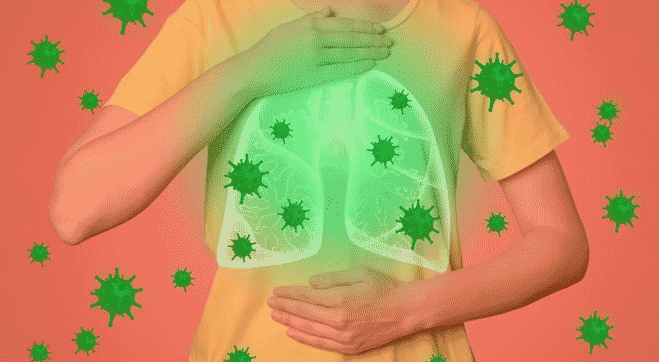Tuberculosis (TB) has been highlighted in medical history as The Leading Killer. Some common terms for TB worldwide include ‘The Captain of all these Men of Death’, ‘Phthisis’, ‘Scrofula’, ‘The White Plague’. The emergence and spread of Drug Resistant (DR) Tuberculosis is a major concern that threatens global health.








